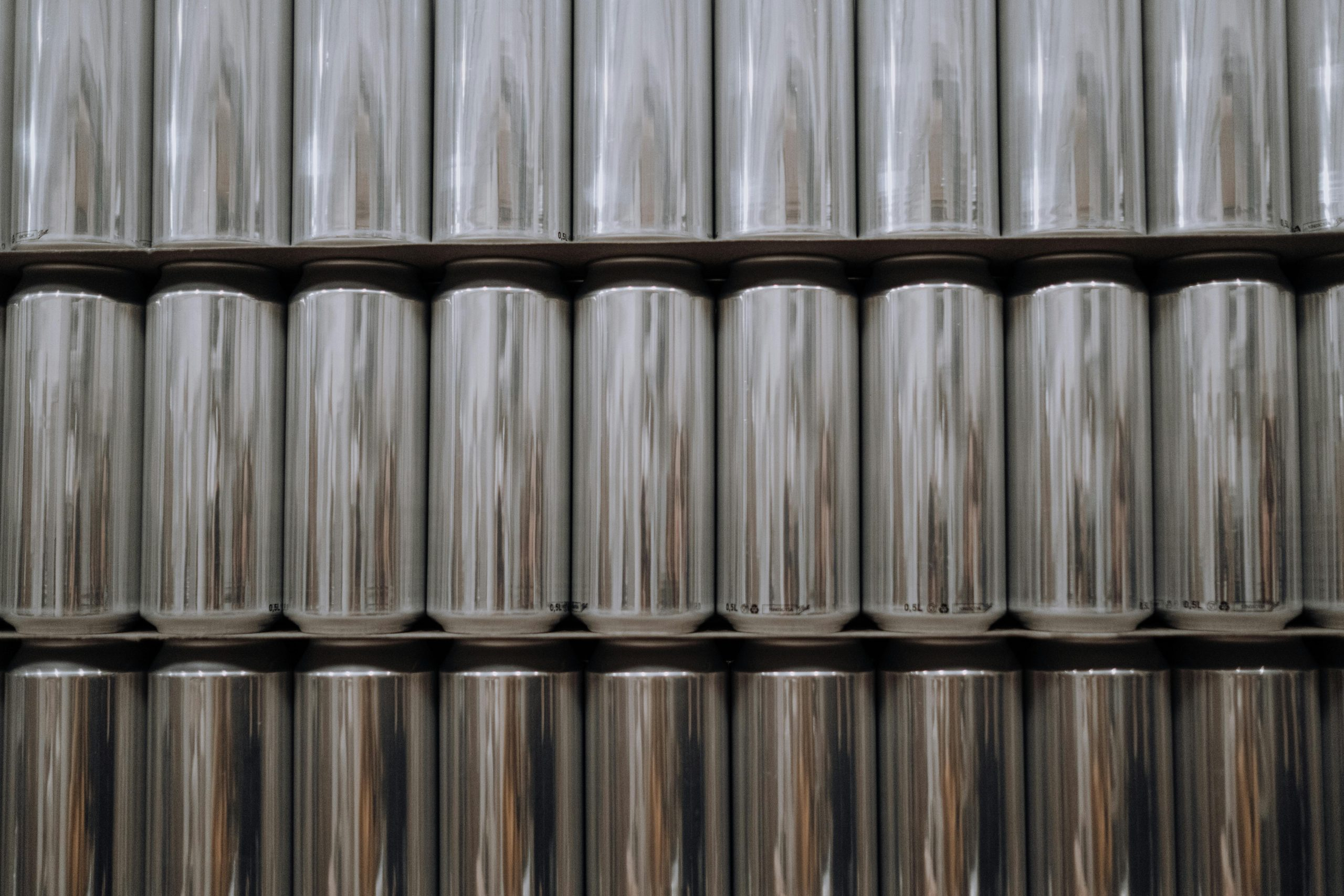Eco-Friendly Shopping Materials Changing Packaging Norms Today
In recent years, there has been a growing demand for sustainable and environmentally friendly products. From food to clothing, consumers are increasingly looking for products that are not only high-quality but also have a lower impact on the planet. This shift in consumer behavior has led to changes in the packaging industry, with many companies now adopting eco-friendly shopping materials to meet the demand for more sustainable packaging options.
The Rise of Eco-Friendly Shopping Materials
The use of eco-friendly shopping materials is on the rise, and for a good reason. Traditional packaging materials, such as plastic and styrofoam, have been a major cause of pollution, contributing significantly to the problem of plastic waste. With growing concerns about the impact of plastic on the environment, consumers are becoming more conscious of the packaging materials used for their purchases.
As a result, many companies have started to explore alternative packaging options, and eco-friendly materials are gaining popularity. These materials are not only better for the environment, but they also provide businesses with a competitive edge, as more and more consumers are actively seeking out sustainable products.
Eco-Friendly Packaging Materials Leading the Way
1. Biodegradable Plastics
One of the most significant developments in eco-friendly packaging materials is the introduction of biodegradable plastics. Unlike traditional plastic, these materials will break down over time and reduce environmental impact. They are made from natural substances such as corn starch, making them safe for the environment. Biodegradable plastics can be used for a wide range of packaging, from food to cosmetics, and are a fantastic alternative to traditional plastic packaging.
2. Compostable Packaging
Compostable packaging is another popular choice for eco-friendly packaging. These materials are similar to biodegradable plastics, but they break down much faster and can be turned into compost. They are often made from plant-based materials and are an excellent option for food packaging, as they can be safely composted with food waste. Compostable packaging also helps to reduce the amount of waste sent to landfills, making it a more sustainable option.
3. Recycled Materials
Using recycled materials for packaging is not a new concept, but it is gaining more attention as companies look to reduce their carbon footprint. By using recycled materials, companies can help to reduce the amount of waste that ends up in landfills and decrease their use of natural resources. Recycling also helps to reduce the greenhouse gas emissions associated with manufacturing new materials, making it an eco-friendly choice.
The Impact of Eco-Friendly Packaging
The use of eco-friendly shopping materials is having a significant impact on the packaging industry. Companies that make the switch to more sustainable materials are seeing benefits in many areas, from reducing their environmental impact to attracting eco-conscious consumers. Eco-friendly packaging can also help companies save money in the long run, as many of these materials are reusable or can be recycled.
Furthermore, the use of eco-friendly packaging has a ripple effect on other industries. For example, the food and beverage industry relies heavily on packaging for their products. By switching to eco-friendly packaging materials, they can help to reduce waste and promote sustainable practices throughout their supply chains. This also creates a more positive image for companies, as consumers are more likely to support businesses that are committed to sustainability.
In Conclusion
The rise of eco-friendly shopping materials is changing the norms of packaging in today’s society. As consumers become more environmentally conscious, businesses must adapt to meet their demands. With the use of biodegradable plastics, compostable materials, and recycled packaging, companies can reduce their environmental footprint and appeal to a growing market of eco-conscious consumers. As this trend continues, it is likely that more innovative and sustainable packaging materials will be developed, leading to a greener and more sustainable future.










